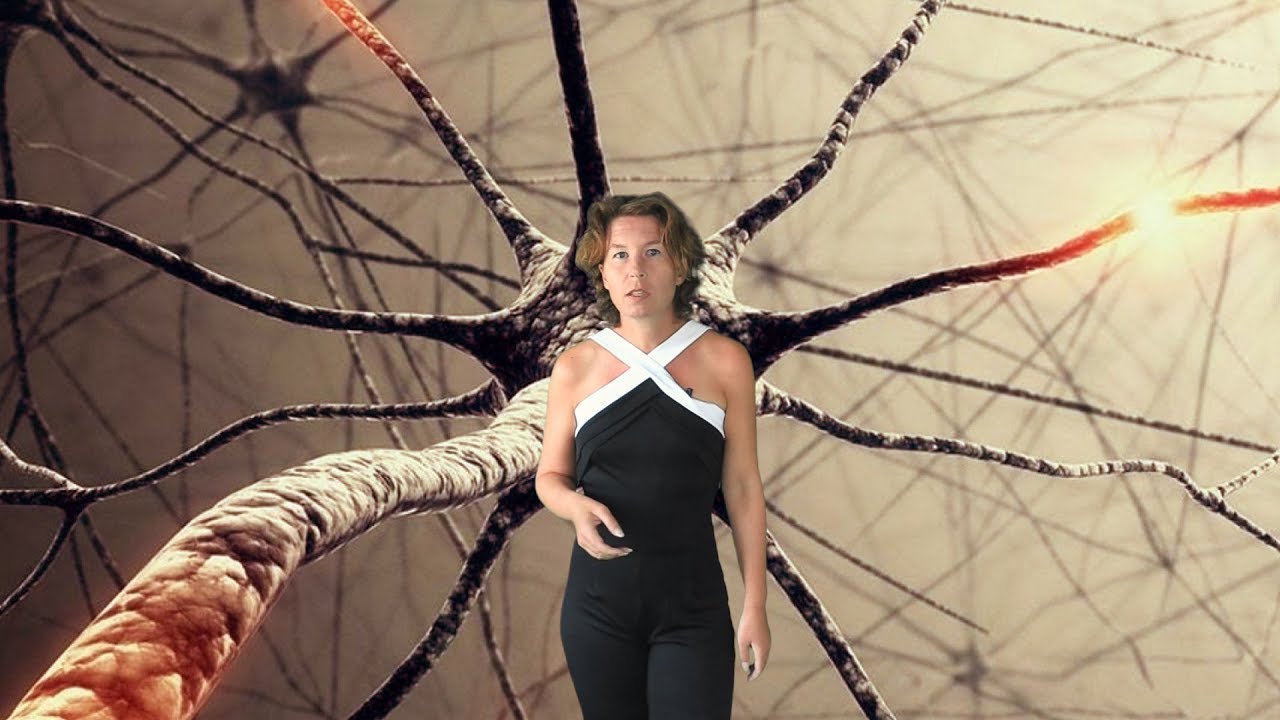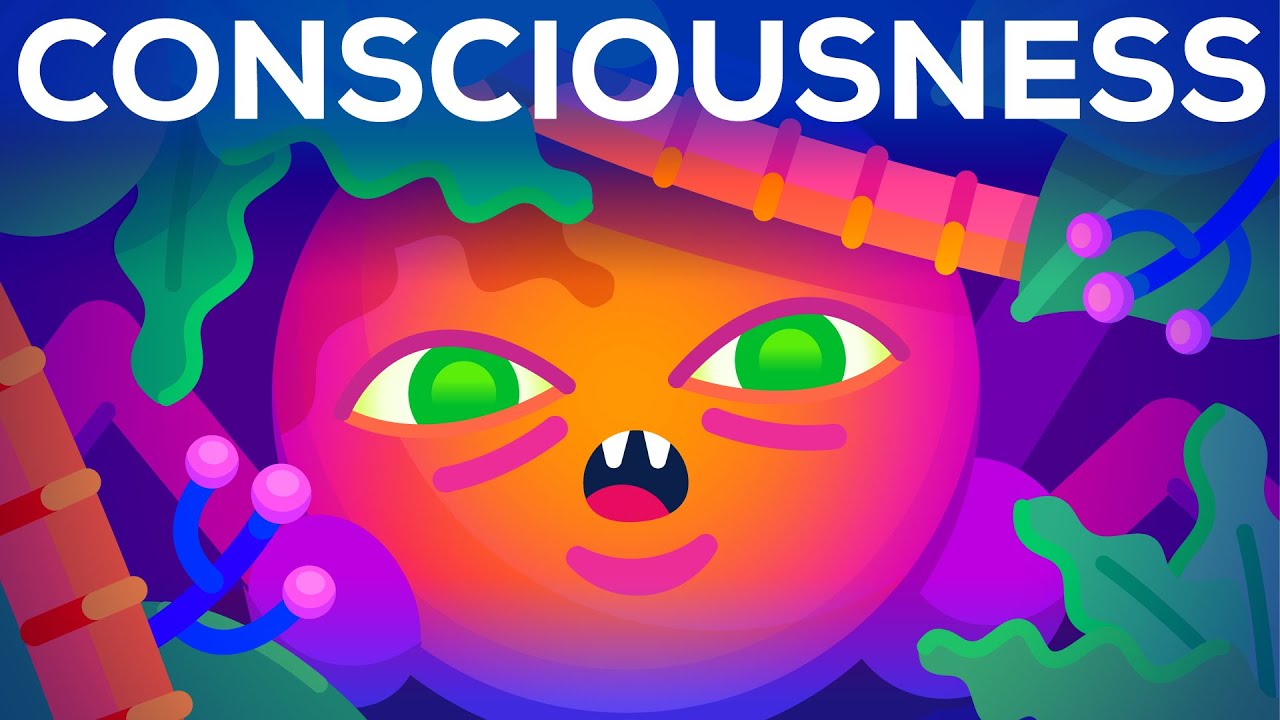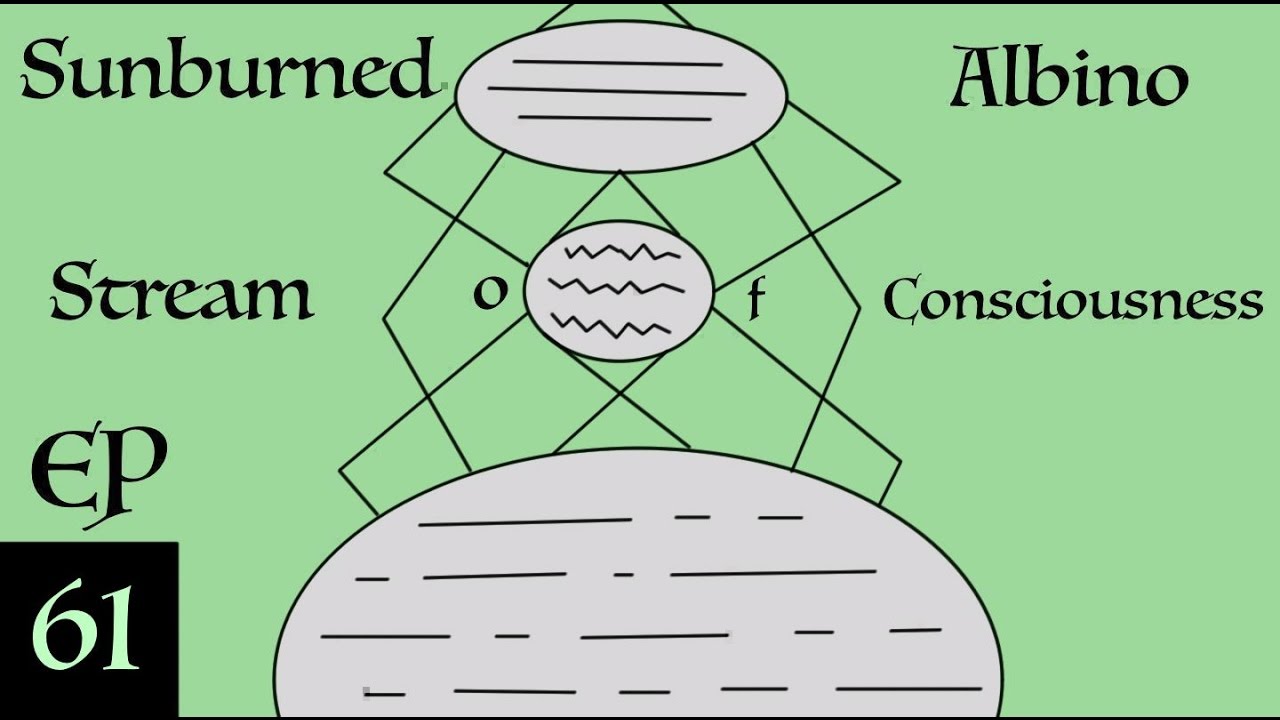Sabine Hossenfelder
In this video I will explain what the main differences are between the current approaches to artificial intelligence and human intelligence.
For this I first explain how neural networks work and in which sense they mimic the human brain.
I then go through the ten most relevant differences that are: Form and function, size, connectivity, power consumption, architecture, activation potential, speed, learning technique, structure, and precision.
Finally I express my opinion that the benefit of research in artificial intelligence is not the reproduce human-like intelligence, but instead to produce types of intelligence unlike our own that complement our own abilities.
Source




Not to detract from the highly interesting and intelligent monologue here, nor to attempt to objectify you in any untoward or unsavory way, but you are rocking that outfit.
With respect, there are two other significant differences between A.I. and human intelligence that are not included in this list:
(1) the human brain essentially operates on a 24-hour cycle; it requires downtime, wherein it rejuvenates, or recharges, or refreshes, or reboots, or does whatever it does to be able to give its full attention to the external world (and the internal world?), for the next 16-20 hours or so. Then it shuts down again. Without this rejuvenation cycle, the brain becomes unreliable and sluggish and even hallucinatory. (Also, and directly related to this 24-hour cycle, it has been suggested that the primary function of the human brain is focused on two primary concerns: (a) the safety and/or well-being of the individual, and (b) procreation, or finding a mate; both of these concerns essentially account for all else that we do: learning employment skills, communicating, staying healthy, even dreaming, and so on).
(2) human intelligence also requires an emotional aspect, or an indigenous capability for feelings; contemporary neuroscience (e.g., Damasio), confirms this emotional aspect of human thought. Human intelligence requires being able to include feelings of satiety or hunger, of likes or dislikes, of pleasures or pains, of loves or hates, of satisfaction or dissatisfaction, of safety or fear, of health or illness, and so on. Or, in short, human intelligence requires what might be termed a biological quotient, that aspect of an organism that interacts with the rest of the world and is able to form judgments relative to existence and being alive, relative to procreation, relative to safety, relative to self-worth, and so on. By contrast, this list of differences focuses exclusively on the 'switching mechanisms' of the brain, so to speak, of the processes of data crunching and/or of information flow, of income and outcome. What's missing is not only a sense of 'self-awareness,' but of the awareness that is generated by or provided by an organism.
Thus far, at least in most discussions, considerations of "human intelligence" seem to assume that a 'brain in a vat' is pretty much all that is required, with electrodes or other 'leads' providing info to the brain which is then processed and utilized for 'thinking.' What is overlooked or missing is that the info being provided to the brain is not only sourced via sensory data – from eyes, ears, taste, touch, and sound, but also with other 'sensory data' sourced from the organism itself including whether or not we are hungry, or are in love, or are wounded, or hiding from a dangerous predator, or endeavoring to learn important skills, or are healthy or ill, and so on, all of which impact the thought processes of 'human intelligence' as well as the sensory data provided via external interaction with the world around us. Until A.I. also incorporates these additional aspects of 'feeling' that are generated by an organism, a biological organism, it will never be in the same category or realm as human intelligence.
Great look
Looks like someone has gone “Hollywood.” No glasses and a fashion magazine outfit. Nice instructional video!
Thanks Sabine! Looking good!
your last couple sentences really brought it together for me. I've always thought that our relationship with AI/Neural Networks would be like our primitive hunting ancestors' relationship with dogs; where their sensory strengths, combined with our discernment and toolmaking/tool use, helped us out-compete every other "apex predator" on the planet. Seems pointless (besides research) to ask AI to do what we already can do; when it can do so much else at a level impossible to us, with our particular and limited faculties.
"Neurons in the brain pass on information and provide calculations?" How so?
Differences 2 , 3 and 10 are exaggerated ( your numbers are from 20 years ago). The difference 6 is simply not true. The difference 8 is debatable.
In 1997, the C'T journal published a story "Navigation" (November issue, page 382 .. 383) which shows what can happpen if one uses Neuronal Nets to everyday tasks: http://www.josella-simone-playton.com/navigare.html Another story which JSP wrote is also relevant to artificial intelligence – or to female logic, I actually do not know: http://www.josella-simone-playton.com/strtscop.html
Then, there is "Der neue Horla" ( http://www.josella-simone-playton.com/quasimod.html ), but I am not so sure whether it is meant to be a ghost story or a story with relevance to artificial intelligence. The author cannot be asked anymore.
In a sense, Asimov's stories "I, Robot" are also SF-stories with relevance to Neural Nets, but he himself did not know much about the subject.
For a SF-Author, Neural Nets are a great way to introduce interesting forks in a story. However, if a story is erratic enough in itself – Harry Potter, for instance – Neural Nets are not needed in literature.
Schrödinger
looking fantastic, sabine! 🙂
Dr. H, i finally got to see the recommended video. I will post in parts as i find it very hard to enter text. That said, it NEVER occorred to me that a pattern recognition algorythm could be so primitive! Whoever designed it thinks pattern reconnition is the search for a "whatness". Wrong, it is the search for a "whereness". (to be continued asap)
There is not and there can't be a "whatness" computer definable because they don't know what "what" is, they can only retrieve somewhere in memory a definition of a "thing". That definition is necessarily geometric, not the pixel-based definition that was the input. Let's call it " the platonic cat" for now. (Not that our own definitions don't fail spectacularly: once a lady came to my brother very embarrassed to ask him to melt the ring he had made a few days earlier, and it turns out that her husband saw that the magazine-found ring she had ordered was a highly stylized "69". She hadn't seen it!)
A computer that is attempting pattern recognition has 10 "platonic cats" pre-defined as simply as possible in its memory; those are the algarisms described using geometry and with a definite pixel output. At issue is whether the actual pixel pattern that is input can be continually deformed so that it can be, say, logically ORed onto the output of 1 of the 10 "platonic cats" without setting an alarm. That takes only critical points of the input pattern's geometry! It can't de done without geometric analysis.
Sorry for taking this long, I just thought that the video's algorithmic approach was so wasteful, power-hungry, and wrongheaded that i had to comment.
Love your videos!!!
It should be clear that I don't really suggest pixel by pixel comparison. The geometric equations generated by the input don't actually have to generate an output to be compared with the output of another set of equations' output. Instead of pixel comparisons, the definitional equations generated from an input can be directly compared with those of the platonic cats.
I was just trying to be clear, and failed, and hopefully was understood.
Unfortunately, the average CEO only hears sales figures whether you call it AI or street sweeping, they don’t care. All they want to hear is the sound of the cash register or the stock price rocketing to Pluto and beyond. The typical CEO is still gum smacked over the smart phone and the "send" button on Gmail.
hm.. please go speak with some experts of this field in England Israel or USA. what you talk here is out dated (15years)or just simple wrong. thinking about how many people watching this and now going in the wrong direction. not good.
Artificial neural networks come in many different forms, and it looks as if you are referring to a typical backpropagation network here. The problem is not identifying the many differences between artificial neural networks and biological neural networks, but identifying which differences matter. For example, we would not try to make an artificial neuron have the same colour as a biological neuron, but we would like them to have similar input/output characteristics (probably).
Additionally, because biological neural networks have evolved under the harsh scythe of natural selection, they must obey constraints that are less relevant to artificial neural networks. For example, there is an imperative for biological neural networks to maximise the number of bits of information per Joule of energy expended. That is a difference that has an enormous impact on neural design, so it is a difference that probably matters.
Three relevant books on this topic (two by me) are:
1) Artificial Intelligence Engines:
A Tutorial Introduction to the Mathematics of Deep Learning by JV Stone
2) Principles of Neural Information Theory: Neural Information Theory: Computational Neuroscience and Metabolic Efficiency by JV Stone
3) Principles of Neural Design, by Peter Sterling and Simon Laughlin.
https://jim-stone.staff.shef.ac.uk/BookBayes2012/books_by_jv_stone
I love the combination of insightful analysis, articulate explanation, and a glamorous outfit. This channel is badass.
There is so much wrong with this, I won't even start. I suppose "brave attempt" would be polite.
Hi, after discovering your videos, I have search to know about you career and I have seen you were in Barcelona, at CCCB, talking about your book. You should publish that talk to your channel. Anyway, Do you know about the current on Plasma Cosmology and the Theory of an Electric Universe? And Paul Steinhardt — lecures about The Myth of Inflation? And Halton Arp and the intrinsic redshift of the quasars?
Please don't assume that neural networks are the only type of AI. In fact, the really powerful AIs haven't been made yet.
I am so glad I found her.
Superb video!
BESIDES THE PERFORMANCES, MAIN DIFFERENCES ARE: CONCIOUSNESS, WILLNESS, FEELINGS AND SENSATIONS.
Once again a wonderful lecture video.Had my physics instructor been anything like this I may have gone into physics instead of medicine.Oh…and by the way..Sabine you look absolutely ravishing .
Really nice dress 🙂
This chick is not only 100 times smarter than me but she is hot AF.
Hey lady… One cannot base their argument on a theory that CANNOT be proven.